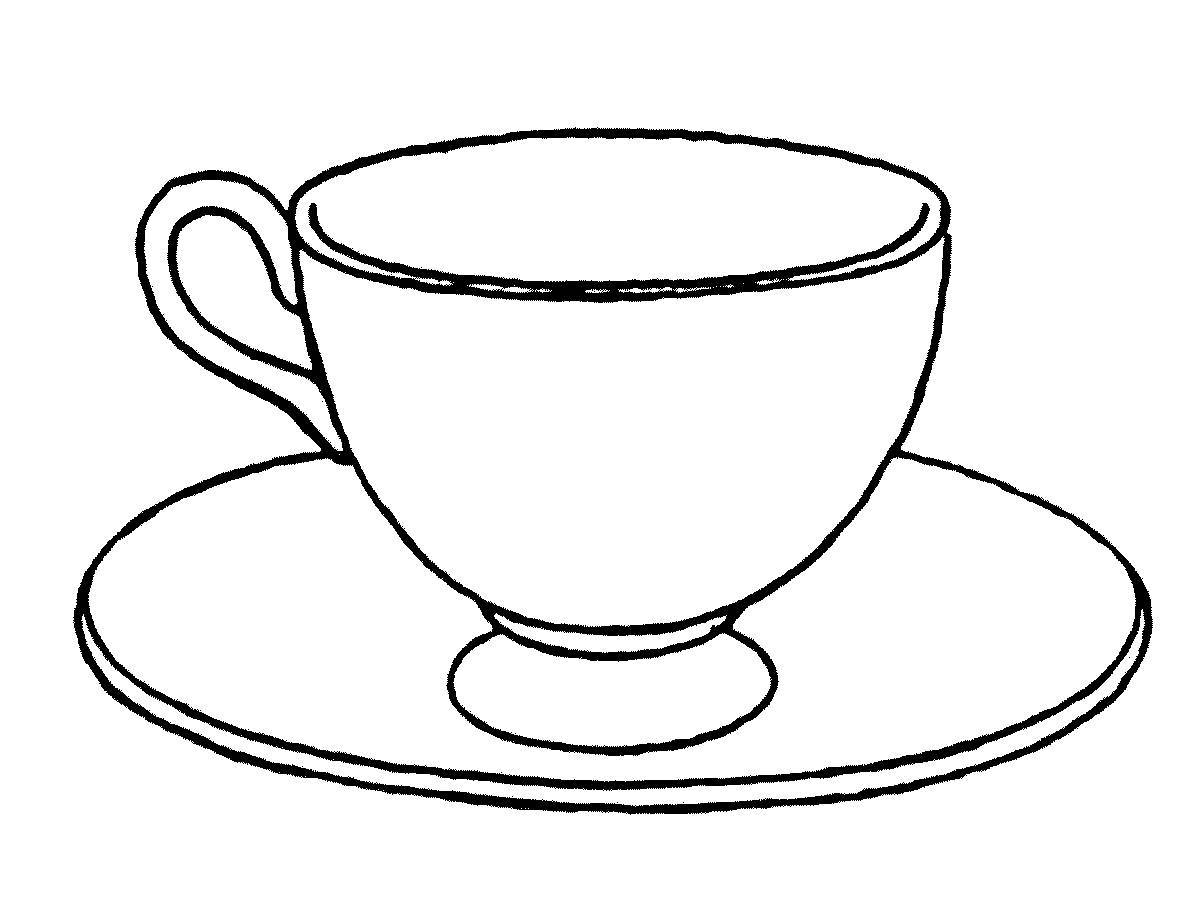Theory of Inventive Problem Solving on Fingers
Imagine you have a problem, how to improve some thing, or how to make something work. How to come up with something new? For this, the Theory of Inventive Problem Solving was invented. In this topic I'll try to tell on the fingers what this is about.

Life situation: in good weather, the windows in the apartment should be open, but if it rains outside, it will be necessary to close them. We have no desire to follow this and close them on our own. What decision comes to mind?
An interesting fact: we always think of things that we have already seen, or just some ready-made solutions.
One of the first problems that everyone faced was not understanding the condition. For a given problem, you need to build alternative questions that also solve the problem.
')
For example: to find an inexpensive express method for detecting air leakages in a car tire (this is a problem as given to PKD).
Alternative questions (this problem is as understandable (PEP)):
The first option is clearer than the original one, since it is more specific. The more specific the problem is, the easier it is to solve it.
There are many ways to activate a variable approach to solving inventive problems (in case you need to come up with a specific new, and not a new way to apply an existing one). I will give the main ones:
Consider a regular cup. If boiling water is poured into it, then it will become hot itself and it will not be easy to hold it in your hands. But we want to use it!
We formulate a problem (a contradiction. After all, a contradiction forces one to solve a problem): We need to be able to pour something hot into the cup and not to scald while taking it in our hands.
One of the ways to keep the temperature of the liquid poured in, preventing the cup from heating, is to make it from a thicker material. This will not lead to significant changes in production other than additional material costs. A similar solution will be considered a change in the material from which the cup is made.
And if there are other options? You can make it so that the cup has a non-heating place. This thought led to the creation of the handle cups.
The cup remained a cup and almost did not gain weight. Additional costs are minimal, since the pen consists of the same material.
Of course, this is not the only way to solve the problem. Except one BUT. The simpler the solution, the easier it is to apply.
A technical object is ideal if it is not there, and the function is performed.
In other words, the solution is the best if it does not require anything other than what we have in the condition.

Sometimes some tasks that have been a big problem for a long time in one area have already been solved in another.
Being in complete darkness, you need to navigate in space. If we can't see, then who can? (to ourselves, we immediately form a contradiction: a person cannot see in the dark, but it is necessary that he could navigate in it).
Here you can remember the animals that feel well in the dark. Most cats and bats claim this role. In the first embodiment, at least a weak light source (direct or reflected) is needed. And in the case of a bat, the light is not needed at all, they are moved with the help of reflected sound.
On the example of bats, echo sounders were made, while the basis of night vision goggles was the ability of cats to orient themselves in low light.
And another example from the animal world: how to get rid of lacing in clothes? One of the good decisions is to tie the clothes with an additional piece of this very cloth, which formed the basis of most of the gowns.
The second fairly common solution is to use tacks instead of fasteners, a variant of which are velcro (the fruits of the burdock served as their prototype at one time).
A brief outline of the use of TRIZ in general form can be represented as:
1. Define the task and formulate it (the problem is given and the problem is clear)
2. Find a contradiction and what prevents to solve the problem (what is the problem of the situation)
3. Allocate the resources we have
4. Apply already existing methods of solutions (in space, time screen, solution from other areas, and so on)
5. Analyze the solution and see if it can be improved.
I hope that, despite the brevity, I was able to explain in general terms what TRIZ is (or at least prompted myself to learn more).

To warm up
Life situation: in good weather, the windows in the apartment should be open, but if it rains outside, it will be necessary to close them. We have no desire to follow this and close them on our own. What decision comes to mind?
An interesting fact: we always think of things that we have already seen, or just some ready-made solutions.
The correct formulation of the problem
One of the first problems that everyone faced was not understanding the condition. For a given problem, you need to build alternative questions that also solve the problem.
')
For example: to find an inexpensive express method for detecting air leakages in a car tire (this is a problem as given to PKD).
Alternative questions (this problem is as understandable (PEP)):
- How to find a tire leak
- How to predict the possible location of a tire leak
- How to find a way to self-leakage in a tire
The first option is clearer than the original one, since it is more specific. The more specific the problem is, the easier it is to solve it.
Activation method brute force solutions
There are many ways to activate a variable approach to solving inventive problems (in case you need to come up with a specific new, and not a new way to apply an existing one). I will give the main ones:
- Morphological method
We create a table where axes are important parameters and characteristics. On each axis we describe the possible achievements of this characteristic. Thus, choosing one method from each axis, you can choose the most accurate and optimal solution for the entire technical system. - Rethinking the task
The same problem can be solved in different ways depending on the goal. For example: it is necessary that the ram does not break when confronted with a door.
You can change the material of the ram; try to make the ram stronger from hitting the door (like rams and their horns in a collision). - Analog method
Direct analogy: any analogous situation or problem solved in another field of activity, science or nature.
Personal analogy: an attempt to look at the task, identifying himself with the object, an attempt to enter his image, to find personal analogies in the person’s experience.
Example
Consider a regular cup. If boiling water is poured into it, then it will become hot itself and it will not be easy to hold it in your hands. But we want to use it!
We formulate a problem (a contradiction. After all, a contradiction forces one to solve a problem): We need to be able to pour something hot into the cup and not to scald while taking it in our hands.
What are we working with?
One of the ways to keep the temperature of the liquid poured in, preventing the cup from heating, is to make it from a thicker material. This will not lead to significant changes in production other than additional material costs. A similar solution will be considered a change in the material from which the cup is made.
And if there are other options? You can make it so that the cup has a non-heating place. This thought led to the creation of the handle cups.
The cup remained a cup and almost did not gain weight. Additional costs are minimal, since the pen consists of the same material.
Why not do otherwise?
Of course, this is not the only way to solve the problem. Except one BUT. The simpler the solution, the easier it is to apply.
A technical object is ideal if it is not there, and the function is performed.
In other words, the solution is the best if it does not require anything other than what we have in the condition.

Solutions to other areas
Sometimes some tasks that have been a big problem for a long time in one area have already been solved in another.
Small example
Being in complete darkness, you need to navigate in space. If we can't see, then who can? (to ourselves, we immediately form a contradiction: a person cannot see in the dark, but it is necessary that he could navigate in it).
Here you can remember the animals that feel well in the dark. Most cats and bats claim this role. In the first embodiment, at least a weak light source (direct or reflected) is needed. And in the case of a bat, the light is not needed at all, they are moved with the help of reflected sound.
On the example of bats, echo sounders were made, while the basis of night vision goggles was the ability of cats to orient themselves in low light.
Another interesting example
And another example from the animal world: how to get rid of lacing in clothes? One of the good decisions is to tie the clothes with an additional piece of this very cloth, which formed the basis of most of the gowns.
The second fairly common solution is to use tacks instead of fasteners, a variant of which are velcro (the fruits of the burdock served as their prototype at one time).
Eventually
A brief outline of the use of TRIZ in general form can be represented as:
1. Define the task and formulate it (the problem is given and the problem is clear)
2. Find a contradiction and what prevents to solve the problem (what is the problem of the situation)
3. Allocate the resources we have
4. Apply already existing methods of solutions (in space, time screen, solution from other areas, and so on)
5. Analyze the solution and see if it can be improved.
I hope that, despite the brevity, I was able to explain in general terms what TRIZ is (or at least prompted myself to learn more).
Source: https://habr.com/ru/post/314336/
All Articles